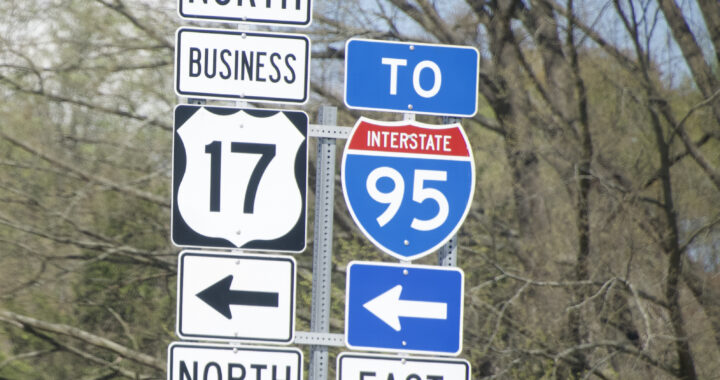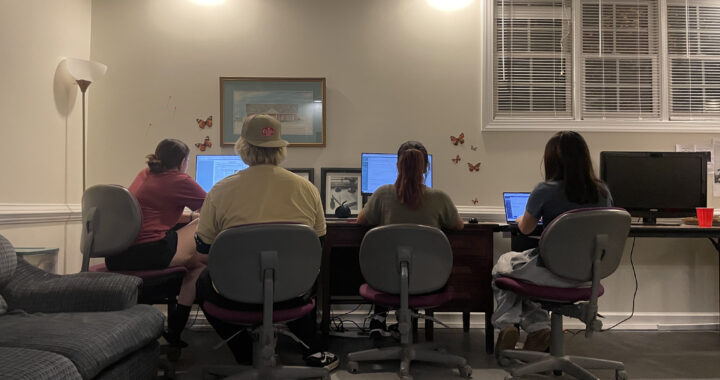“Likes” send mixed messages
2 min readBy EMILY LITTLE

As my dad prepared to undergo a potentially life-threatening surgical procedure for oral cancer, I posted on my Facebook page, asking friends for prayers. Within the next two hours, the status reached over forty “likes.”
It was comforting, and yet slightly nauseating.
While my family and I prayed and hoped for the best, trusting the experts not to let dad slip away from us, the Facebook notifications kept popping up with “so-and-so likes your status.” The sight gave me pause.
Obviously, none of the various friends and family featured in these notifications actually liked the fact that my dad’s life was in danger, but, whether on Instagram, Twitter, Facebook or any social media network that has the option, “liking” something is modern humanity’s method of showing sympathy, approval, even love. With the press of a button, we are able to convey empathy to our dearest friend or most distant relative and not even have to speak a word.
Social media is society’s new postal service, calendar, to-do list and holiday greetings. Why would we bother going to Wal-Mart, buying a birthday card, buying stamps and dropping a letter in the mail when we can simply “like” the notification that it is our friend’s birthday on Facebook? “Liking” is the simplest method of reaching out to others.
Getting “likes” on a picture or status gives social media users some sense of the connection that humans innately desire. Anyone who ever posted an e-card, joke or “duh” moment that seemed hilarious but only got 3 or 4 “likes” can relate to the feeling of utter disappointment and rejection. By the same token, posting an artsy picture of a sunset on Instagram and receiving double digit “likes” causes a rush of elation, even if we do not know some of the users who “liked” the picture.
The “liking” phenomenon into even spread to marketing. Social media users can “like” a company’s Facebook page to be entered in drawings or raffles, or to receive special discounts. YouTube channels boost subscribers by promising tempting new videos or products once they reach a certain number of “likes.” The “like” feature is not new to social media, but users are only just starting to figure out the true potential it embodies.
There is nothing one can do to stop the change that social media is causing in the way humans interact. It may, however, be beneficial to consider the deeper implications of Facebook, Twitter and their fellow networks. My aunt probably did not like that my dad’s life was in danger, but her “liking” my post showed that she noticed, and at some level at least that she cared, and that is something at least.











